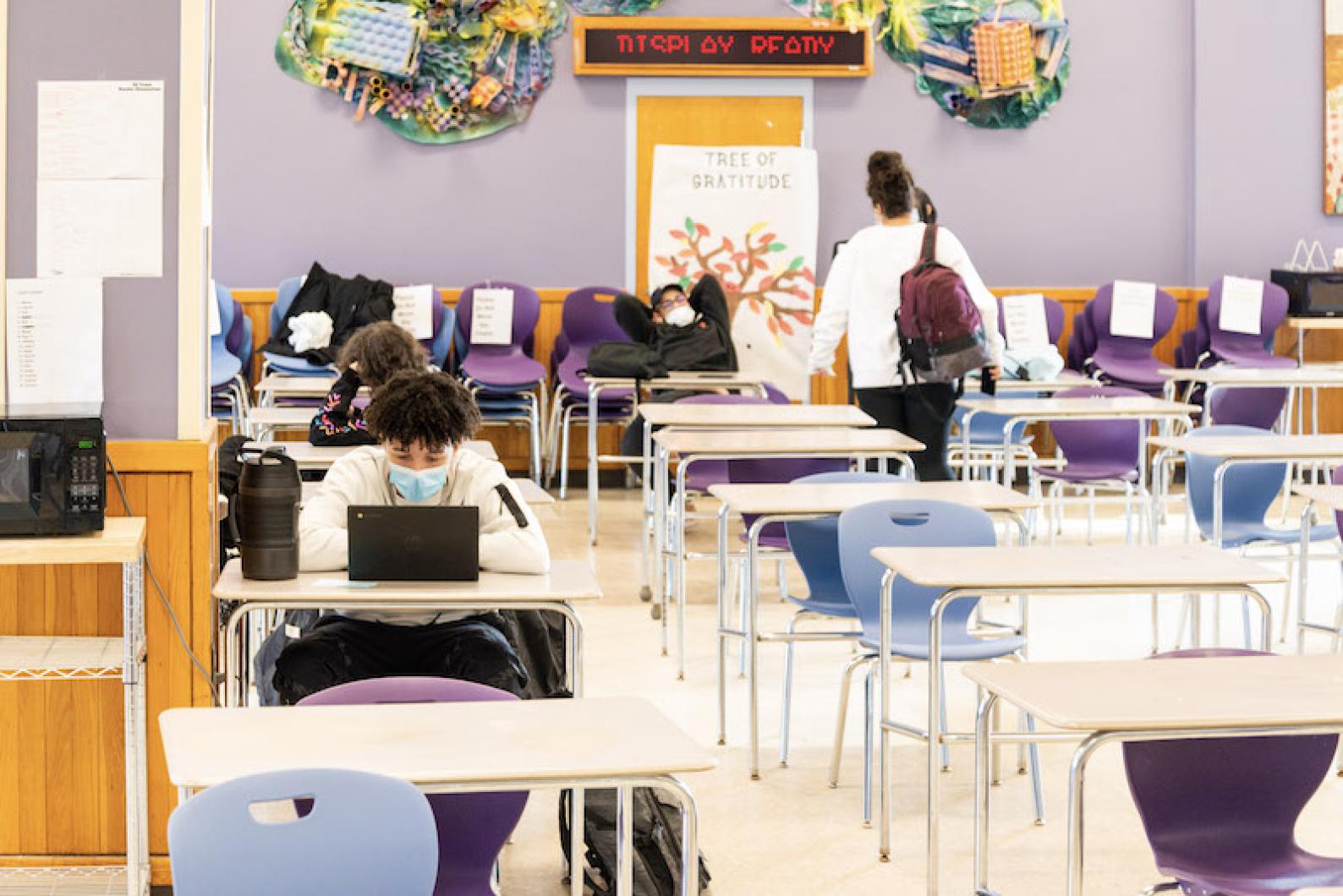Technically, the Martha’s Vineyard Regional High School is still in the running for a major construction grant from the Massachusetts School Building Authority.
“I have not heard back definitively from them,” school superintendent Dr. Matthew D’Andrea said at Monday night’s high school committee meeting online.
But after the Oak Bluffs select board refused to sign a letter of interest endorsed by other towns, school officials are poised for the state agency to award the highly competitive grant — which could have provided up to 40 per cent of the cost of building a new school — to a district where community support is not divided.
Oak Bluffs leaders have long objected to the regional high school funding formula, saying it unfairly burdens their town, proposing a new formula that gives more weight to property values and less to enrollments.
But other towns including Edgartown and Chilmark, have rejected the idea of paying more per student so that Oak Bluffs could pay less.
“What we agree upon in all the towns is that we need a new school, or we need to renovate or do an addition,” high school committee chairman Amy Houghton said Monday.
“Where there is disagreement is [on] how we pay for it.”
Ms. Houghton urged the school committee to craft an amendment to the regional funding formula, which was last updated in the 1980s.
“If we sit around and wait for this to happen, it’s probably not going to happen,” she said. “The community is really looking to the school committee to lead on this effort.”
Town meeting voters in all six towns must assent to any change in the regional agreement.
“If the towns vote it down, the towns vote it down, but we need to take the lead because this is not about any one town — this is about our responsibility to students and staff,” Ms. Houghton said.
“I think it’s our obligation, our responsibility and our opportunity, frankly, to . . . try to move this project forward,” she said.
Also Monday, high school principal Sara Dingledy highlighted some of the results in the school’s annual report card from the state education department.
“All of it is moving in the right direction,” Ms. Dingledy said, noting that the school has improved its performance in multiple areas.
“The chronic absenteeism rate continues to go down,” she said. “We used to be trailing the state [average] . . . now we have improved upon the state.”
The high school’s dropout rate has also gone down, Ms. Dingledy said, adding that she is particularly pleased that the dropout rate for English learners has declined by two-thirds.
Sam Hart, who leads workforce development programming at the high school, reported that the school is adding more courses — including an introductory psychology class with Cape Cod Community College — that allow students to earn college credits before they graduate.
“We’re hoping to offer more next year,” he said.
More than a dozen students are enrolled in co-op work programs through the high school’s career and technical education department, which focuses on the building trades, and another 16 have work-study jobs, which are more widely available, Mr. Hart said.







Comments (1)
Comments
Comment policy »